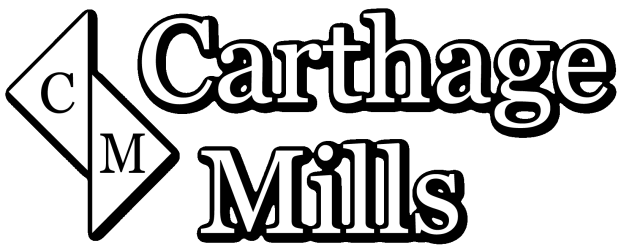Stormwater and Sediment Control Silt Fences

PRODUCT DESCRIPTION
The purpose of a silt fences are to retain the soil on disturbed land, such as a construction site, until the project is complete. The goal is to keep the soil on site, rather than letting it be washed off into natural water bodies (e.g., streams, rivers, ponds, lakes, estuaries). This prevents the degradation of aquatic habitats and also siltation of harbor channels. Not letting soil wash off onto roads, which thus readily transports it into storm drains, prevents both hazardous driving conditions, as well as storm drains clogged with sediment.
Silt fence is recognized as a Stormwater Best Management Practice (BMP) by the Environmental Protection Agency (EPA). Carthage Mills’ offers a complete line of silt fence products from contractor grade to those that meet local, state DOT, and also federal specs. This includes AASHTO M 288-06. The cost of installing silt fences on watershed construction sites is considerably less than the costs associated with losing aquatic species, dredging navigation channels, as well as cleaning sediment out of municipal storm sewers. A single 100 foot run of silt fence has the potential to hold 50 tons of sediment in place.
Carthage Mills’ silt fence is manufactured using UV-stabilized polypropylene yarns designed for effective silt retention while also allowing maximum water flow and durability. Easy to install and also remove, silt fence is typically held up by either wooden or metal posts.
Carthage Mills’ silt fence offerings include fabric only, prefabricated fence with posts, and also wire backed fabric that has been pre-attached for your convenience. For site-assembled Super Silt Fence you will need our 42” chain link fencing and steel posts.
APPLICATIONS for Silt Fences
Silt Fence is suitable for perimeter sediment control placed below areas where sheet flows discharge from the site. Silt fences are generally ineffective in locations where the flow is concentrated. They are also typically only applicable for sheet or overland flows. Typical applications include:
- Along the perimeter of most any project with disturbed land.
- Around environmentally sensitive areas.
- Below the toe or down slope of exposed and erodible slopes.
- Along streams and channels.
- Around temporary spoil areas and stockpiles.
- Below other small cleared areas.

